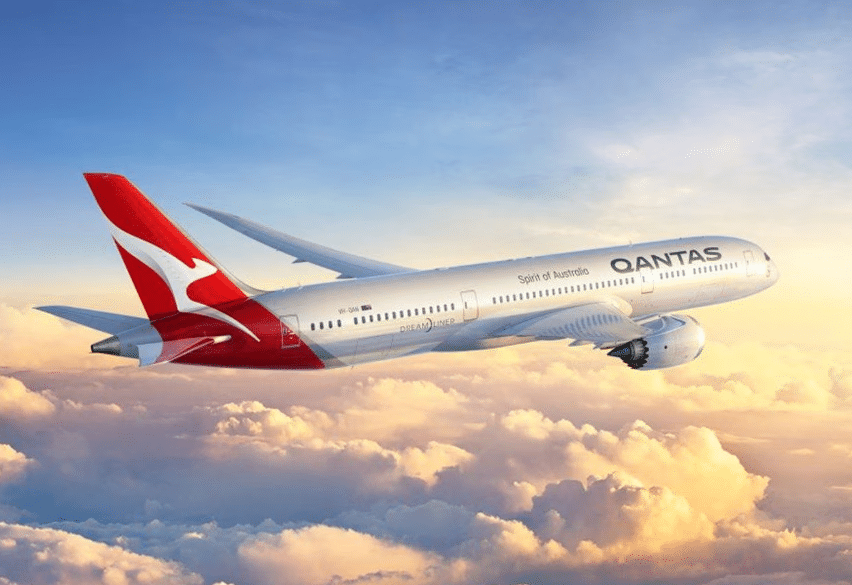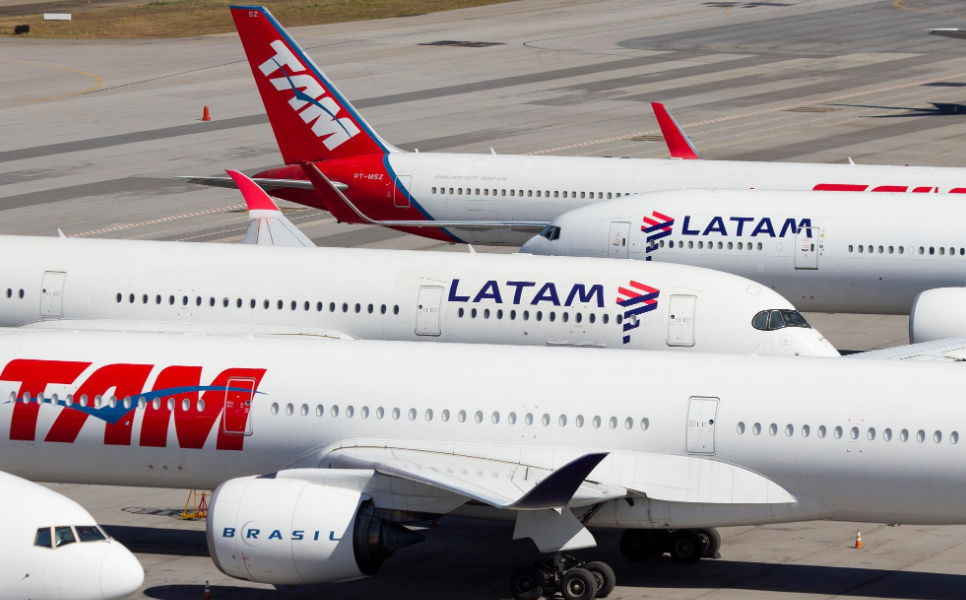Air Canada, the Canada National Airline, holds a significant position in the country’s aviation industry. With a rich history spanning several decades, Air Canada has established itself as a prominent carrier domestically and internationally. In this article, we will delve into the details of Air Canada’s operations, its contributions to the Canadian economy, safety and security measures, environmental initiatives, challenges faced in the industry, and its response during the COVID-19 pandemic. We will also explore the airline’s customer satisfaction and recognition, future plans, and innovations.
History of Canada National Airline
Air Canada was founded on April 10, 1937, under the name Trans-Canada Airlines (TCA). Initially, it provided scheduled air transport services for passengers and cargo within Canada. Over the years, the airline expanded its operations, introducing international flights and acquiring various regional airlines. In 1964, the name was officially changed to Air Canada. The airline has witnessed significant milestones, including the introduction of jet aircraft, the launch of its loyalty program, Aeroplan, and the privatization of the company.
Air Canada’s Fleet and Services
Air Canada boasts a diverse fleet of modern aircraft, including narrow-body and wide-body planes. With a wide network of domestic and international routes, the airline offers extensive connectivity for both leisure and business travelers. Passengers can enjoy a range of in-flight services and amenities, ensuring a comfortable and enjoyable journey. Air Canada’s loyalty program, Aeroplan, rewards frequent travelers with various benefits, including flight upgrades, access to airport lounges, and bonus miles.
Air Canada’s Contribution to the Canadian Economy
As Canada’s national airline, Air Canada plays a crucial role in contributing to the country’s economy. The airline generates employment opportunities across various sectors, including pilots, cabin crew, ground staff, and maintenance personnel. Additionally, Air Canada’s extensive route network and marketing efforts attract tourists and business travelers, boosting the travel and tourism industry. The economic benefits extend to local communities, where airports served by Air Canada experience increased economic activity and job creation.
Canada National Airline’s Safety and Security Measures
Safety is of paramount importance to Air Canada, and the airline adheres to stringent safety protocols and international aviation standards. The company invests in regular maintenance and upgrades its fleet to ensure the highest level of safety for passengers and crew. Furthermore, Air Canada prioritizes security measures to safeguard the well-being of its passengers, implementing advanced screening procedures and maintaining a robust security infrastructure.
Environmental Initiatives by Air Canada
Recognizing the importance of environmental sustainability, Air Canada has taken proactive steps to reduce its carbon footprint. The airline has implemented initiatives such as fuel-efficient operations, optimizing flight paths, and investing in newer, more environmentally friendly aircraft. Air Canada is also exploring the use of sustainable aviation fuels and actively participating in research and development projects to drive innovation in the industry.
Challenges and Competition in the Canadian Airline Industry
Air Canada operates in a highly competitive market, facing competition from both domestic and international airlines. The airline industry is also influenced by regulatory challenges and government policies that impact operations and market dynamics. Additionally, global events such as economic downturns and geopolitical factors have a significant impact on the industry’s stability and growth.
Air Canada’s Customer Satisfaction and Recognition
Air Canada’s commitment to providing exceptional service has been acknowledged through numerous awards and accolades. The airline consistently receives positive customer reviews and testimonials, reflecting its dedication to passenger satisfaction. Air Canada continuously seeks ways to enhance the passenger experience, focusing on aspects such as personalized services, improved in-flight entertainment, and seamless travel processes.
Canada National Airline: Future Plans and Innovations
Looking ahead, Air Canada has ambitious plans for expansion and growth. The airline aims to add new routes and increase its presence in key markets. Air Canada is also at the forefront of technological advancements, exploring innovations such as biometric identification, artificial intelligence, and enhanced connectivity. Through continuous improvement and innovation, the airline strives to exceed customer expectations and maintain its position as a leading global carrier.
Conclusion
In conclusion, Air Canada’s role as Canada’s national airline goes beyond transportation. It has contributed significantly to the country’s economy, connecting communities, and facilitating travel and tourism. With a strong focus on safety, environmental sustainability, and customer satisfaction, Air Canada continues to evolve and adapt to the changing needs of travelers. As a trusted carrier, Air Canada plays a pivotal role in shaping the future of air travel in Canada.
FAQs
1. Does Air Canada only operate within Canada?
No, Air Canada operates both domestic and international flights, providing connectivity to numerous destinations worldwide.
2. How can I join Air Canada’s loyalty program, Aeroplan?
You can join Aeroplan by signing up on Air Canada’s website or through the Aeroplan mobile app. Membership offers various benefits and rewards for frequent flyers.
3. What measures did Air Canada take during the COVID-19 pandemic?
Air Canada implemented rigorous safety measures, including enhanced cleaning protocols, mandatory mask-wearing, and physical distancing guidelines. The airline also provided flexible booking options and support for affected passengers and employees.
4. What environmental initiatives has Air Canada undertaken?
Air Canada has taken initiatives to reduce its carbon footprint, such as fuel-efficient operations, investing in sustainable aviation fuels, and exploring innovative solutions to minimize environmental impact.
5. What are Air Canada’s future plans for expansion?
Air Canada plans to add new routes and increase its presence in key markets, aiming to provide more options for travelers and further expand its global network.
References:
- “Air Canada – Official Website.” Air Canada. https://www.aircanada.com/
- “Air Canada.” Wikipedia. https://en.wikipedia.org/wiki/Air_Canada
- “Air Canada History.” Air Canada. https://www.aircanada.com/ca/en/aco/home/about/history.html
- “Air Canada Fleet.” Planespotters.net. https://www.planespotters.net/airline/Air-Canada

